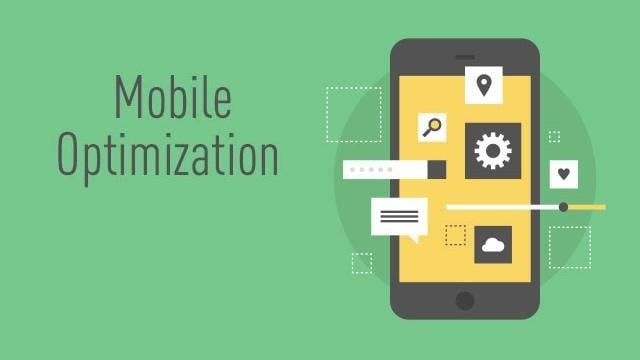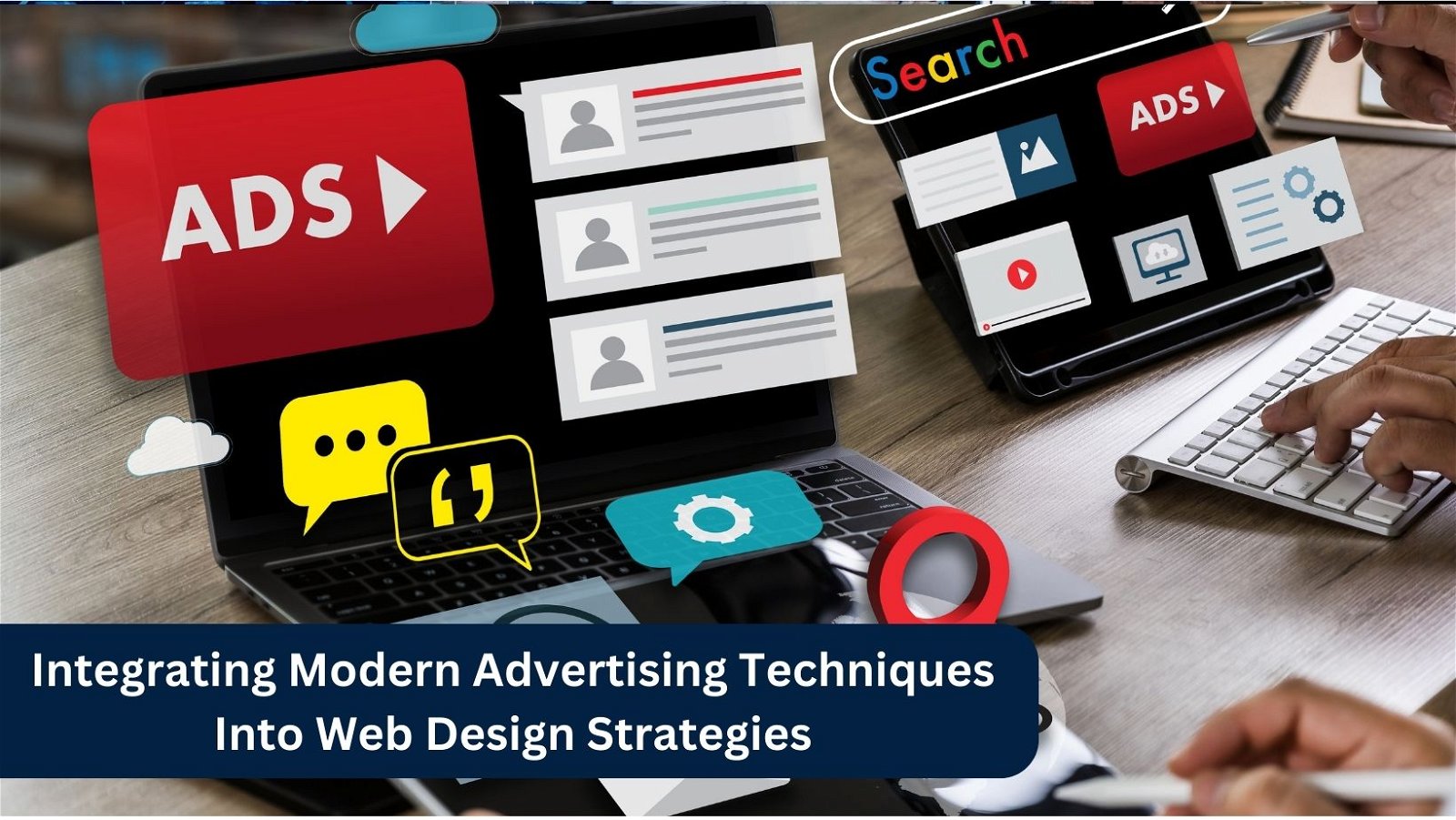In today’s dynamic digital landscape, the boundaries between web design and advertising are blurring. Web design has evolved from merely an aesthetic endeavor to a critical medium for brands to engage and captivate their audiences. As brands vie for the attention of internet users, integrating modern advertising techniques into web design has emerged as a potent strategy to stand out. A prominent advertising agency in London highlighted that a seamless fusion of these disciplines results in a synergistic effect, amplifying the impact on the target audience.
If you want to understand how this integration can redefine user engagement and transform your digital presence, this guide will illuminate the path forward.
Table of Contents
ToggleThe Shift In Consumer Behavior
The digital age has significantly altered consumer interactions with online content. As preferences evolve, brands must be attuned to these changes.
Below are the key shifts defining this new wave of consumer behavior:
- Demand for visual engagement: Today’s users are captivated by vibrant graphics, compelling visuals, and interactive elements. Infographics, flip books, animations, and short video snippets capture their attention, ensuring they absorb information while enjoying the browsing experience.
- Appreciation for accessibility: Swift and straightforward access to information is paramount. Cluttered designs, complex navigation, or prolonged loading times deter users. Simplifying site design, streamlining content, and optimizing for speed can ensure users find what they’re seeking without hurdles.
- Desire for personalization: Gone are the days of one-size-fits-all content. Users seek a connection, a sense of being understood. Leveraging data analytics to understand user behavior and preferences allows brands to tailor content, presenting users with recommendations and information that feels uniquely catered to them.
Adjusting to these evolving preferences is essential for brands that want to maintain a robust digital presence and foster meaningful connections.
Incorporating Video Content- Modern Advertising Techniques
The power of video as a content medium has grown exponentially in recent years. Web designers and advertisers have recognized its potential to engage and inform users.
Below are the key aspects to consider when incorporating video into web design:
- Instant engagement: Video content captures attention instantly. With captivating visuals and narratives, it can convey complex messages in a short span, making it ideal for today’s time-strapped users.
- Storytelling potential: Videos allow brands to craft compelling stories, weaving product information with emotions. This storytelling approach fosters deeper connections, ensuring memorable interactions with users.
- SEO benefits: Search engines appreciate rich content, including videos. Properly optimized videos can boost a website’s search engine rankings, driving organic traffic and enhancing visibility.
- Mobile-friendly: With a significant portion of users accessing websites on mobile devices, it’s essential to ensure video content is optimized for mobile viewing. This provides a seamless experience, regardless of the device.
In essence, harnessing the full potential of video content involves integrating it thoughtfully within web design to ensure it complements other elements rather than overpowering them.
Also Read: The Best Modern Community Platforms
Embracing Interactivity
The digital realm offers immense possibilities, and among them, interactive elements stand out as game-changers in user engagement.
Below are the pivotal factors highlighting the importance of interactivity in web design:
- Enhanced user engagement: Interactive elements, from quizzes to clickable infographics, keep users engaged. This active participation ensures users aren’t just passive consumers but involved participants in their browsing experience.
- Higher retention rates: Websites with interactive components often witness longer session durations. When users interact, they spend more time exploring, leading to a deeper understanding of the brand or product.
- Feedback and data collection: Interactive elements like polls, surveys, or feedback forms provide brands with valuable insights directly from their audience. This real-time feedback can be instrumental in refining strategies and offerings.
- Boosted conversion rates: Interactivity can guide users through the conversion funnel in a more engaging manner. For instance, an interactive product configurator can lead to a more informed purchase decision, increasing the likelihood of conversions.
Integrating interactivity requires a strategic approach. The key is to ensure that interactive elements enhance the user’s journey, adding value without compromising the overall website aesthetic or functionality.
Prioritizing Mobile Optimization- Modern Advertising Techniques

With the proliferation of smartphones and tablets, mobile browsing has taken center stage. Ensuring a website is mobile-optimized is no longer optional—it’s imperative.
Below are the pivotal aspects underscoring the need for mobile optimization in modern web design:
- Dominant user base: Many internet users access websites via mobile devices. Catering to this vast demographic ensures a brand doesn’t miss out on potential interactions, conversions, or sales.
- Improved user experience: Mobile-optimized sites ensure smooth navigation, readable text, and clickable buttons, irrespective of the screen size. This guarantees a consistent and user-friendly experience, promoting longer site visits.
- Speed and performance: Mobile users appreciate faster-loading sites. A mobile-optimized website loads faster, reducing bounce rates and ensuring users find what they’re looking for swiftly.
- Enhanced local search: For businesses serving local communities, mobile optimization is critical. Mobile users often search for local services or products, and a mobile-optimized site ranks higher in local search results, driving foot traffic and local sales.
Focusing on mobile optimization ensures that brands cater to the current digital landscape’s demands, positioning themselves effectively for the future as mobile usage continues to grow.
Conclusion on Modern Advertising Techniques
In the digital landscape, combining advertising techniques with web design can significantly elevate a brand’s online presence. It’s essential to adapt and align strategies with current user behaviors and technological advancements. By seamlessly integrating video, prioritizing interactivity, and focusing on mobile optimization, brands can create memorable user experiences that resonate and drive results.
Interestig Reads:
How to Sell Social Media Advertising Services Online With Woo Sell Services?






